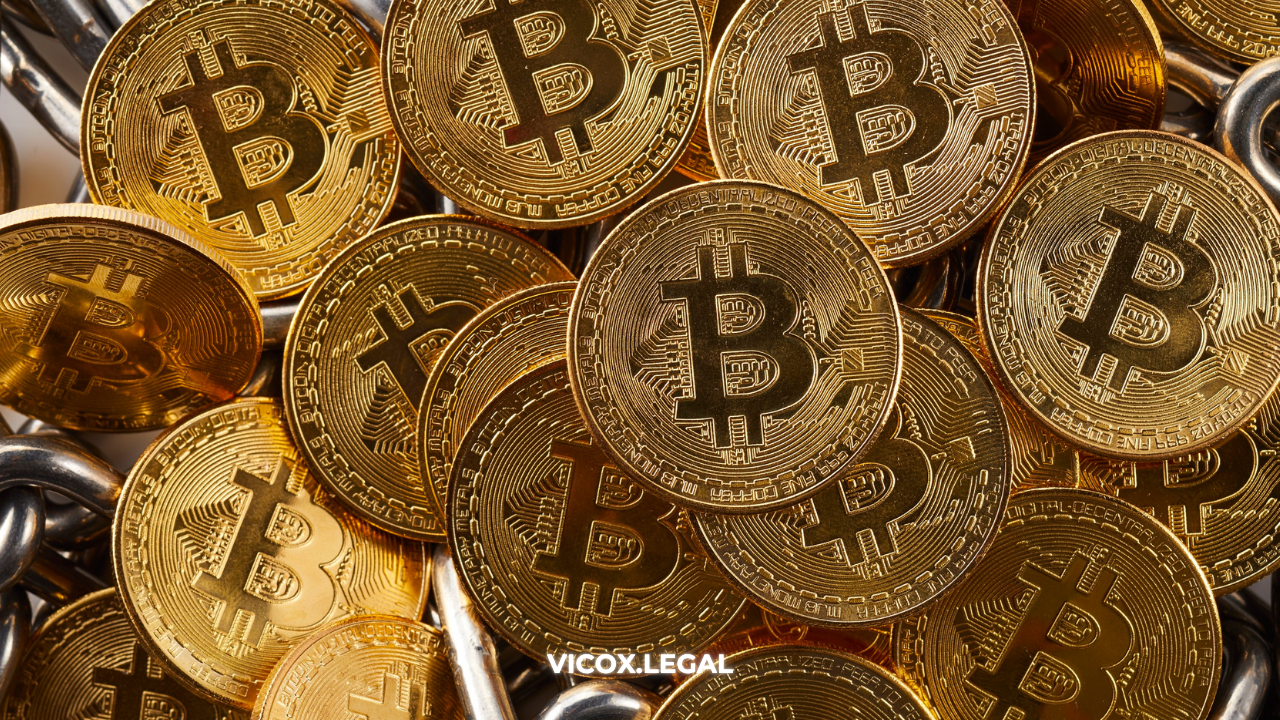Cryptocurrency is no longer just an investment asset, it is increasingly used in real estate transactions. But while the headlines often simplify the story, the legal process of turning crypto into property is more complex than sending Bitcoin to a seller’s wallet.
At Vicox Legal, we’ve guided international clients through crypto-to-property deals across Spain, Greece, Dubai and beyond. In this article, we break down the step-by-step legal process, from your wallet all the way to the notary’s desk.
1️⃣ Property Selection and Offer
Like any traditional purchase, the first step is selecting the property and making a formal offer. The difference comes in how the buyer funds the acquisition. From the beginning, it’s essential to inform your legal team that the source of funds will be cryptocurrency.
This ensures compliance checks are prepared from the outset.
2️⃣ Crypto-to-Fiat Conversion
In most jurisdictions, including Spain, you cannot hand over Bitcoin or Ethereum directly at the notary. Property purchases must be settled in local currency (euros, dirhams, dollars, etc.).
That means the buyer must convert crypto into fiat via a regulated exchange or OTC desk. The conversion must be:
- Transparent and documented
- Compliant with AML (Anti-Money Laundering) rules
- Supported by KYC (Know Your Customer) documentation
This stage is where proper structuring avoids future legal or tax issues.
3️⃣ Legal & Tax Due Diligence
Before signing, lawyers conduct due diligence on both the property and the buyer’s funds.
For crypto-origin capital, this includes:
- Proving lawful origin of funds (wallet history, exchange receipts, declarations)
- Aligning the transaction with local property and tax laws
- Preparing contracts that recognise crypto as the source of funds but fiat as the payment medium
This step protects both the buyer and the transaction from legal risk.
4️⃣ Signing at the Notary
The notary is the cornerstone of the property purchase process. At this stage:
- The buyer pays in fiat currency, which originated from crypto.
- The notary verifies documentation of funds, AML checks, and the legitimacy of the transaction.
- The deed of sale is signed, formally transferring ownership.
Even though crypto doesn’t appear on the final deed, its role as the capital source is fully recognised in the legal process.
5️⃣ Property Registration & Tax Declaration
Once the deed is signed, the property is registered in the buyer’s name at the local Land Registry. At the same time, relevant tax obligations are declared, including:
- Property transfer tax or VAT
- Notary and registry fees
- Possible capital gains tax on crypto disposal (depending on jurisdiction)
This closes the legal loop, ensuring both the property and the funds are compliant.
⚖️ Key Takeaways
Buying property with crypto is not a shortcut or a loophole, it’s a legal pathway that requires structure.
✅ Crypto can be used as a lawful source of funds
✅ Conversion to fiat is essential in most jurisdictions
✅ AML/KYC documentation is critical
✅ The process mirrors traditional purchases — with extra layers of compliance
🏡 Conclusion
The journey from wallet to notary is proof that crypto and real estate can coexist within a robust legal framework. For international investors, it opens new opportunities to diversify assets, but only if guided by professionals who understand both law and blockchain.
At Vicox Legal, we specialise in structuring these transactions, ensuring every step is transparent, compliant, and secure.
📩 Considering buying property with crypto in 2025? Let’s talk, we’ll take you from wallet to notary with confidence.




